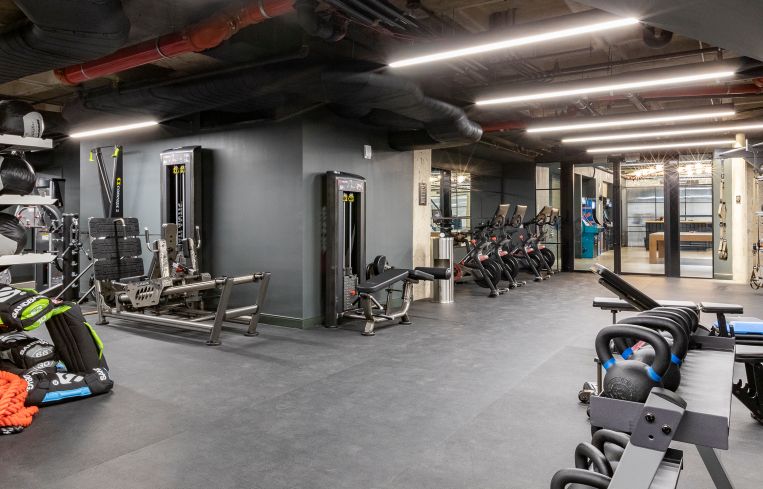Workplace Health Study Finds Companies Are Neglecting the Basics
By Alex Appel August 13, 2019 3:14 pm
reprints
The benefits of healthy employees are immense: Almost 70 percent of people surveyed said that “a workplace that supported and enhanced their health and wellbeing” would compel them to accept a job offer or remain at their current job, according to a study conducted by the HR advisory and research firm Future Workplace Wellness (FWW) and technology company View.
Armed with this knowledge, large companies are expected to spend an average of $3.6 million in 2019 to improve workplace health, according to the report. There is a good chance that much of this money will be wasted.
About 80% of workplace health interventions are ineffective, a study conducted by Harvard found. These findings were corroborated by an Illinois Workplace Wellness study, which concluded that over the course of a year, wellness programs did not lead to any significant changes in measurable employee behavior or annual healthcare costs.
These “healthy workplaces” often include gyms, nap spaces, free food at work and dry cleaning services, according to Jeanne Meister, a Founding Partner of FWW.
“I think that they’re definitely appealing to the millennials,” Meister said. “I don’t think that employers have really surveyed employees. Do they really know, before they go out and spend all this money on these types of perks?”
FWW and View’s study, which surveyed 1,601 employees that work in corporate offices in North America, tried to figure out why these actions weren’t working. What it found was that companies were overlooking the basics: air quality, lighting and temperature. And when it comes to wellness, the conversation often centers on building design.
Air quality was ranked the most important wellness “perk,” according to the study. Despite this, only 25 percent of employees reported that the air quality in their office was conducive to optimal work: 33 percent reported they experience itchy and watery eyes or throat irritation in their offices, and almost 50 percent say that the air quality makes them lethargic. About 45 percent of employees said that improving air quality would improve their health, FWW and View found.
Comfortable light was the second most important contributor to wellness, with one-third of employees surveyed citing it as “important for their daily health.” Nearly 40 percent of people surveyed desire to see sunlight in their offices. Natural light helps improve emotional wellbeing, according to the study.
“There could be just a lot of confusion, if it’s really hard for you to breathe, who do you report this to?” Meister said. People’s first instincts for environmental problems are often to go to their direct managers or HR, when most of these problems can really be solved by facility managers and real estate, according to her. “HR, real estate and facility people need to have a shared vision [on workplace health] and that vision should be based on data.”
Temperature was also ranked as an important health factor, according to employees surveyed by FWW and View. Two-thirds of employees say that their office temperature is “not ideal,” and 48 percent of employees would like to personalize their workplace temperature with an app, however very few companies provide that option.
“The jury’s still out as to how they would do it,” Meister said. “But the takeaway is that the bar is set high because we have all these personalized environments in our home lives; there’s this personalization expectation that is making its way into the workplace.”


